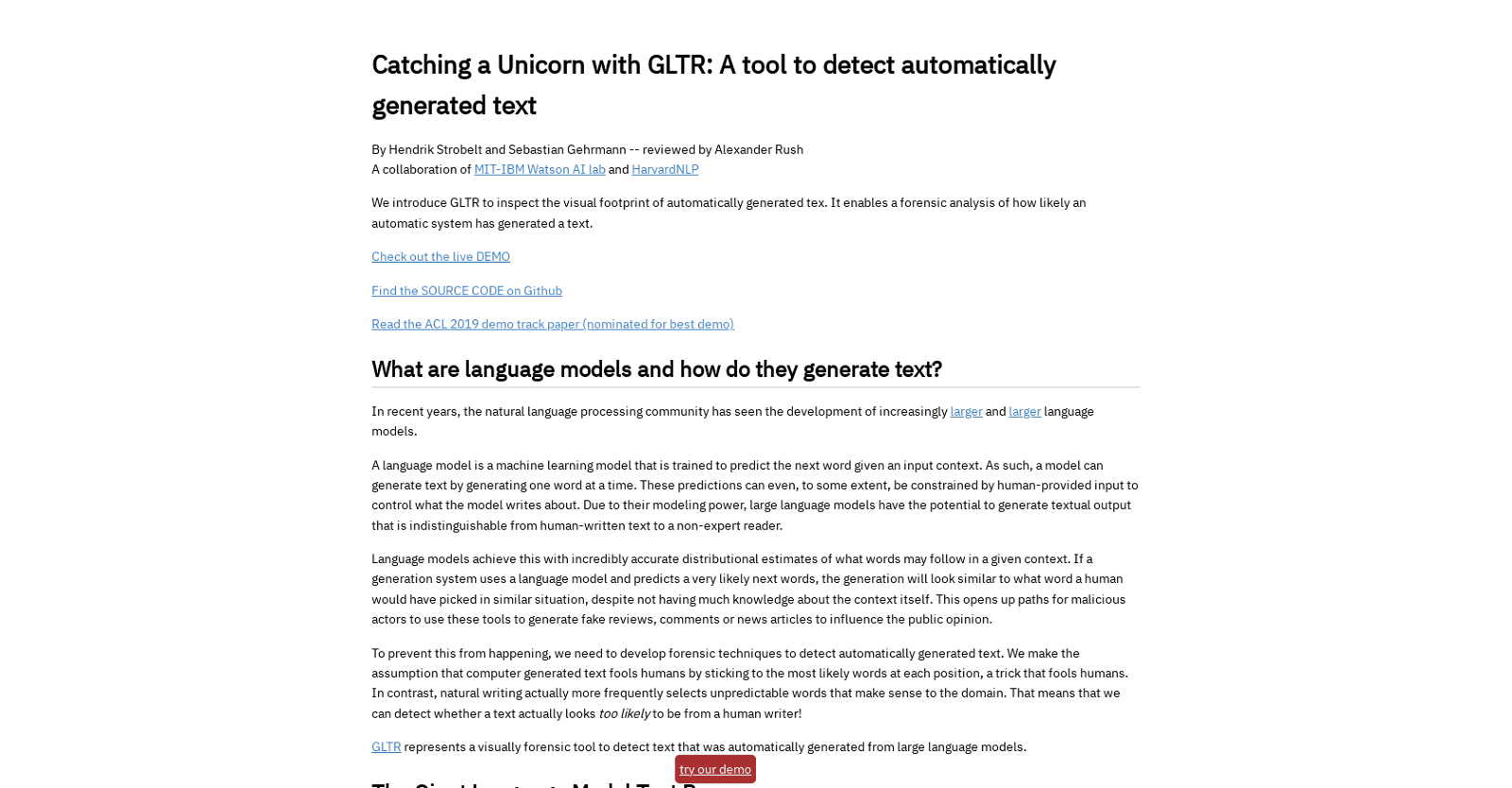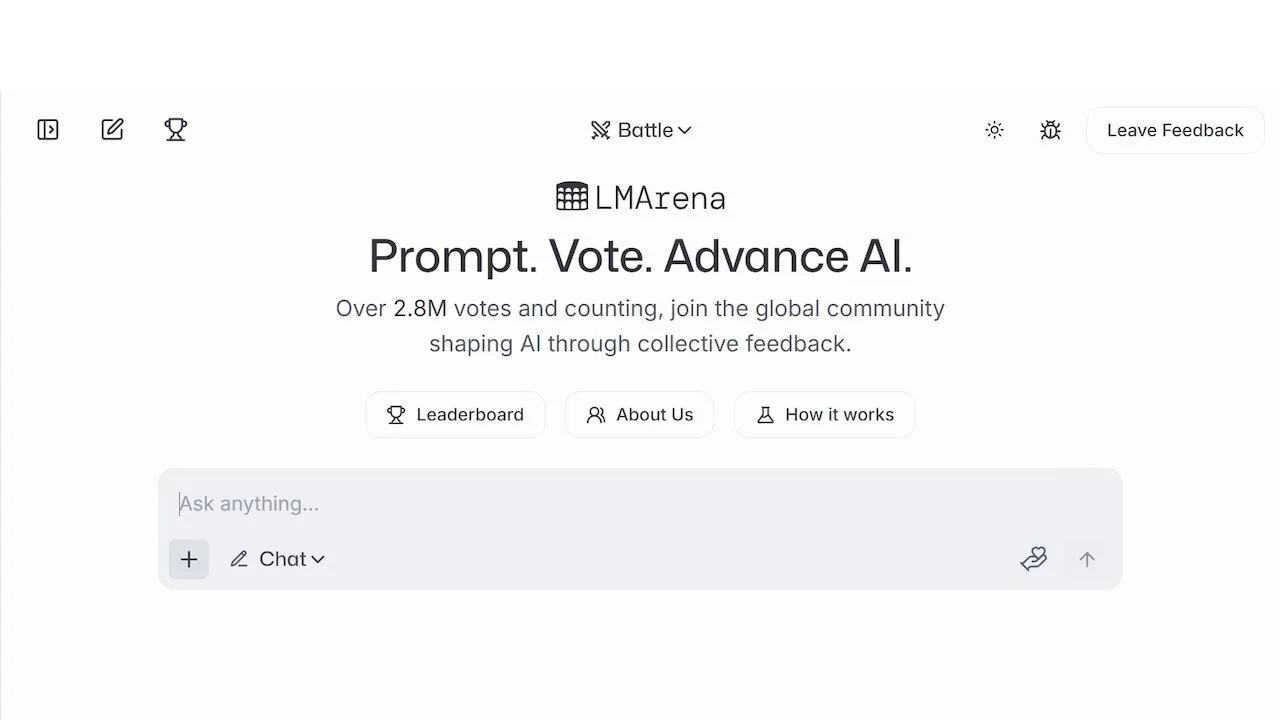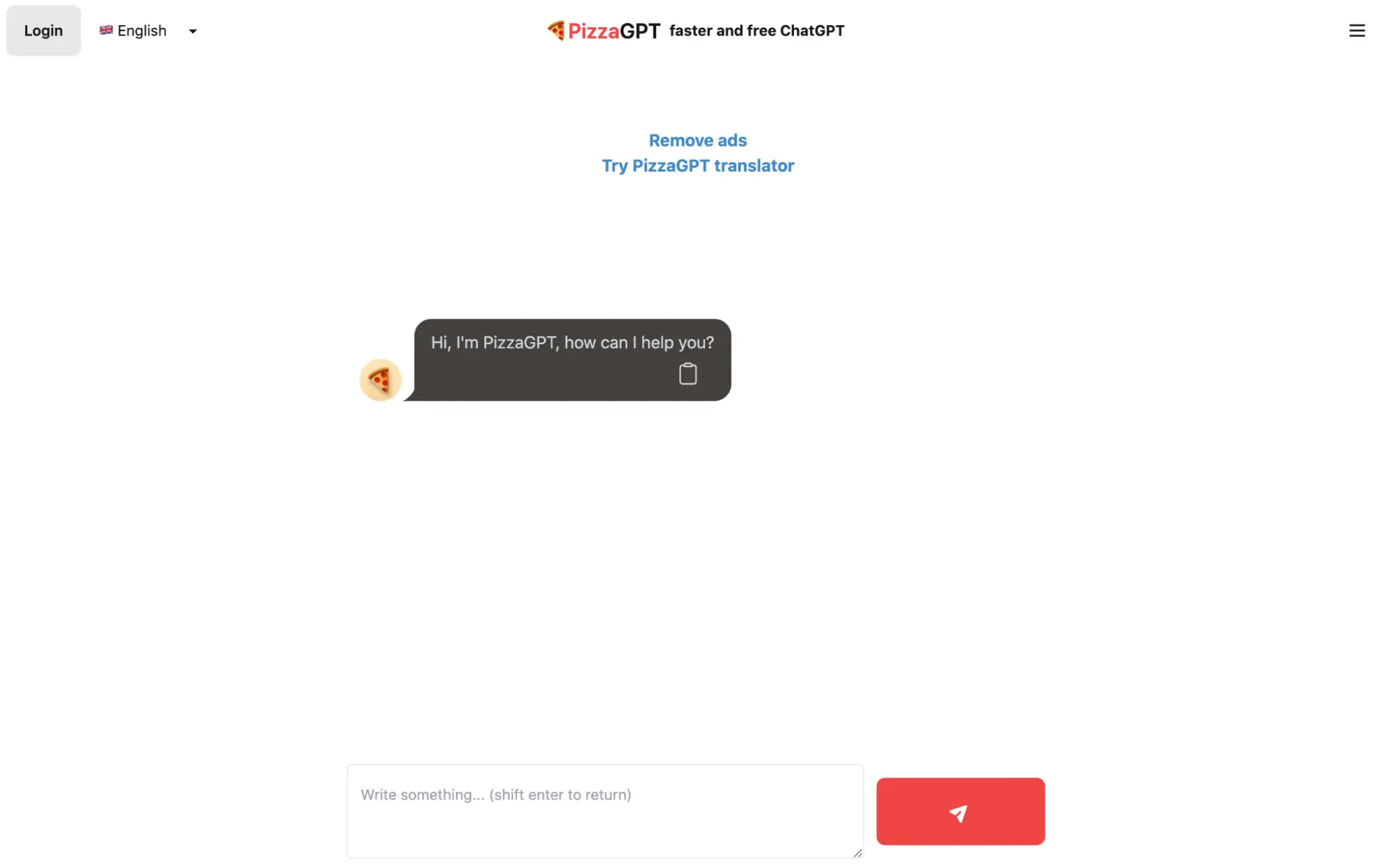GLTR, a pioneering tool developed by the MIT-IBM Watson AI lab and HarvardNLP, revolutionizes the detection of automatically generated text through forensic analysis. It discerns the authenticity of text by scrutinizing the likelihood that it was generated by a language model, notably the GPT-2 117M model from OpenAI.
Leveraging visual analysis, GLTR dynamically ranks each word based on its probability of being generated by the model. Words are color-coded, with green indicating high likelihood, yellow and red representing moderate likelihood, and purple denoting lower likelihood. This intuitive visual cue enables effortless identification of computer-generated text.
Furthermore, GLTR offers three insightful histograms that aggregate information across the entire text. These histograms provide detailed insights into the distribution of word categories, the ratio between predicted word probabilities, and the entropy distribution of predictions, offering additional evidence of artificial text generation.
With its multifaceted approach, GLTR empowers users to detect fake reviews, comments, or news articles that may be indistinguishable from human-written text to the untrained eye. Accessible through a live demo and with its source code available on GitHub, GLTR facilitates rigorous text analysis for researchers and practitioners alike. Its significant contribution to the field is underscored by its nomination for best demo at the ACL 2019 conference.
More details about GLTR
What are some practical uses of GLTR?
Among the many useful uses of GLTR is the detection of fraudulent reviews, comments, and news stories produced by massive language models. It can assist in the identification and examination of material distributed through digital channels by helping to identify texts that are indistinguishable from text written by humans.
How successful is GLTR at identifying computer-generated content?
When it comes to recognizing computer-generated information, GLTR performs admirably. The tool’s statistical techniques, according to study data, can identify generating artifacts across a variety of sampling schemes, increasing the human detection rate of phony text from 54% to 72% in the absence of any prior training.
Can GLTR be used to detect all forms of artificially generated text or does it specialize in detecting specific types?
Many different types of artificially generated text can be identified with GLTR. Although its analysis is based on the output of the GPT-2 117M model from OpenAI, its statistical techniques can identify generation artifacts in a variety of language model types, making it a versatile tool for identifying a broad range of AI-generated content.
What is the significance of the color-coded words in GLTR’s analysis?
GLTR employs a color-coding scheme to denote the probability that a given word is produced by a machine. Green highlights the words that are most likely to occur, then yellow, and red highlights the terms that are less likely. Purple highlights any words that are unlikely to have been produced by an AI model.








